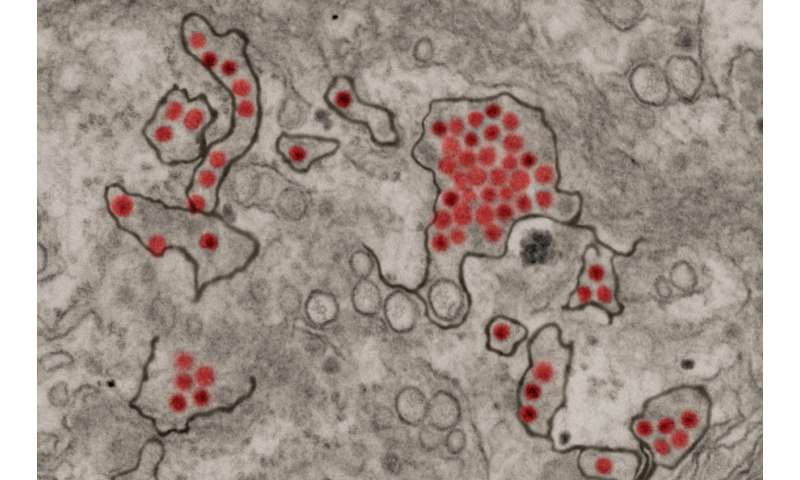Phendimetrazine and synthroid


Congenital Zika Syndrome (CZS) refers to a collection of developmental malformations associated with Zika virus (ZIKV) congenital infection. This syndrome includes devastating conditions that have a huge impact on the rest of the life of the individual and their family, such as smaller (microcephaly) and unfolded (lissencephalic) brains, retinal abnormalities, enlarged ventricles of the heart, a lack of the inter-hemispheric connections and calcifications in the brain.
Brazil has been widely affected by ZIKV, but ~75% of CZS have been found in the socio-economically disadvantaged region of the Northeast.
In a new study, researchers from the University of Oxford and the Federal University of Rio de Janeiro have found that this rise in cases of CZS is linked to poor diet among the infants’ mothers.
Professor Zoltán Molnár of the University of Oxford’s Department of Physiology, Anatomy & Genetics, who participated in the study and has a long-term collaboration with the lead author Associate Professor Patricia Garcez of the Federal University of Rio de Janeiro Brazil partially supported by the Medical Research Council and Royal Society, said: ‘We knew that areas of Brazil with the lowest socioeconomic status had the highest level of developmental impairment in babies due to CZS, which is why we looked at the possible link between ZIKV and one of the potentially most important co-factors, nutrition.
‘This study showed that developmental impairment caused by ZIKV congenital infection is made much worse by environmental co-factors, specifically diets poor in protein, which explains why the devastating effects of CZS vary across ZIKV endemic regions.’
The link between Zika virus infection and the CZS has been demonstrated in previous studies, which helped researchers understand how the infection affected brain growth and development of blood vessels. These showed that ZIKV infects the cells that develop into the brain and alter genes and proteins related to the normal cell cycle and blood vessel development.
The current study also used a mouse model to replicate the effects of Zika infection in mice that had a low-protein diet, and found that several of the pathological signs found in humans appeared in the undernourished mice in a similar way.
Professor Molnár added: ‘When we replicated the effects seen in humans who had poor diets in mice we saw similar effects in the foetuses, such as placental damage as well as poor embryonic body growth and a reduction in brain size of newborns born to undernourished pregnant mouse.
‘The mouse mothers were clearly less able to fight against ZIKV, which was shown by a robust and persistent ZIKV infection in the spleens of undernourished mothers, in contrast to healthy mice. Our undernourished mouse model helped us to identify the cellular mechanisms that are responsible for the differences in humans.’
‘Improving diet alone will not protect against ZIKV infections, but it can determine the severity of the CZS.
‘While we need more work to translate these findings to human disease, our mouse model helped us to identify significant differences in the regulation patterns of key molecular pathways, and particular genes identified within developing brains reflect how a poor nutritional status increases the adverse effects of ZIKV infection.’
Source: Read Full Article